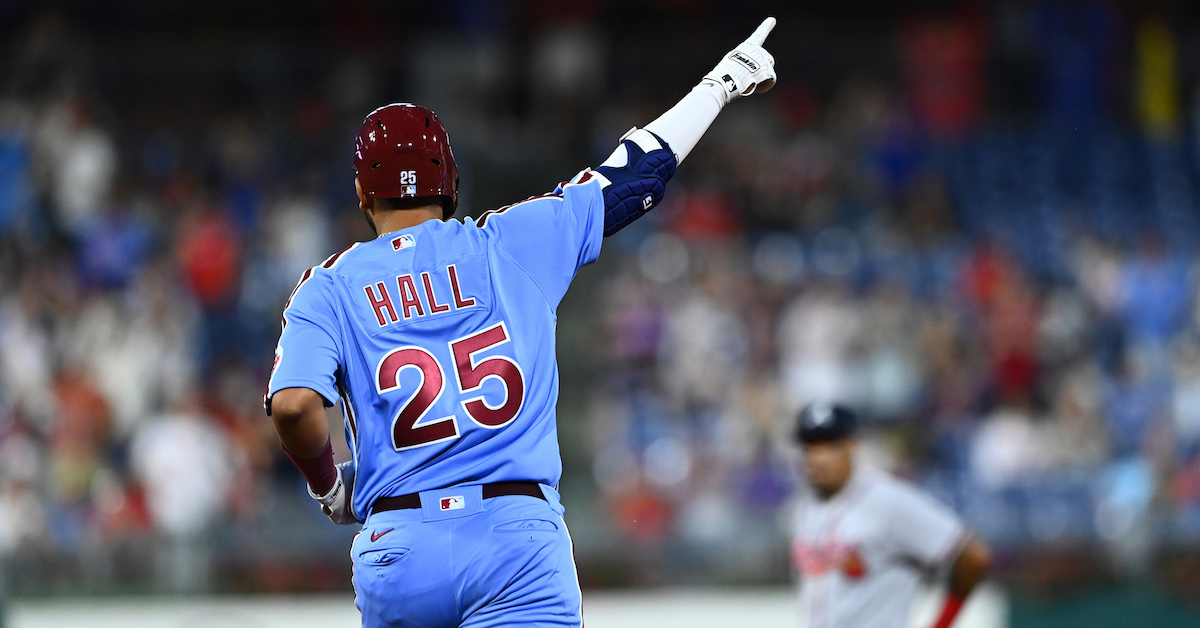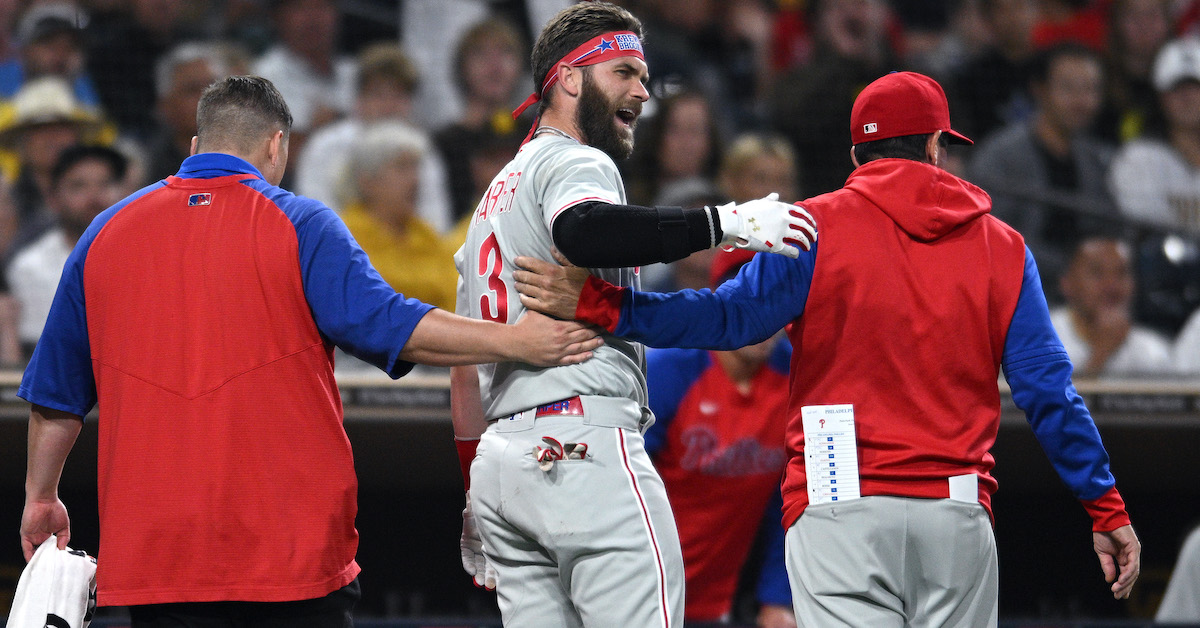Sunday Notes: Toronto’s Hunter Mense Played Pro Ball With a Teenage Giancarlo Stanton
Hunter Mense had some talented teammates during his relatively brief playing career. None were more talented than a teenager who went by one of his middle names. Now the assistant hitting coach for the Toronto Blue Jays, Mense played alongside Giancarlo Cruz Michael Stanton during their time together as Florida Marlins farmhands.
“I knew him as Mike,” Mense said of the the 2022 All-Star Game MVP, who began going by his given first name after reaching the big leagues. “I remember reading about, and him telling me that he could have played D1 basketball or D1 football. He looked more like a D1 football player than he’s ever looked like a baseball player.”
It goes without saying that the Brobdingnagian superstar is a stupendously good baseball player. According to Mense, who doubles as Toronto’s minor-league hitting coordinator, Stanton’s work ethic was off the charts. Wanting to improve defensively, the 6-foot-6, 245-pound outfielder would often “drag a coach out to the field” and have him hit balls in his dirction before batting practice.
Not surprisingly, Stanton also went the extra mile as a hitter. Read the rest of this entry »






